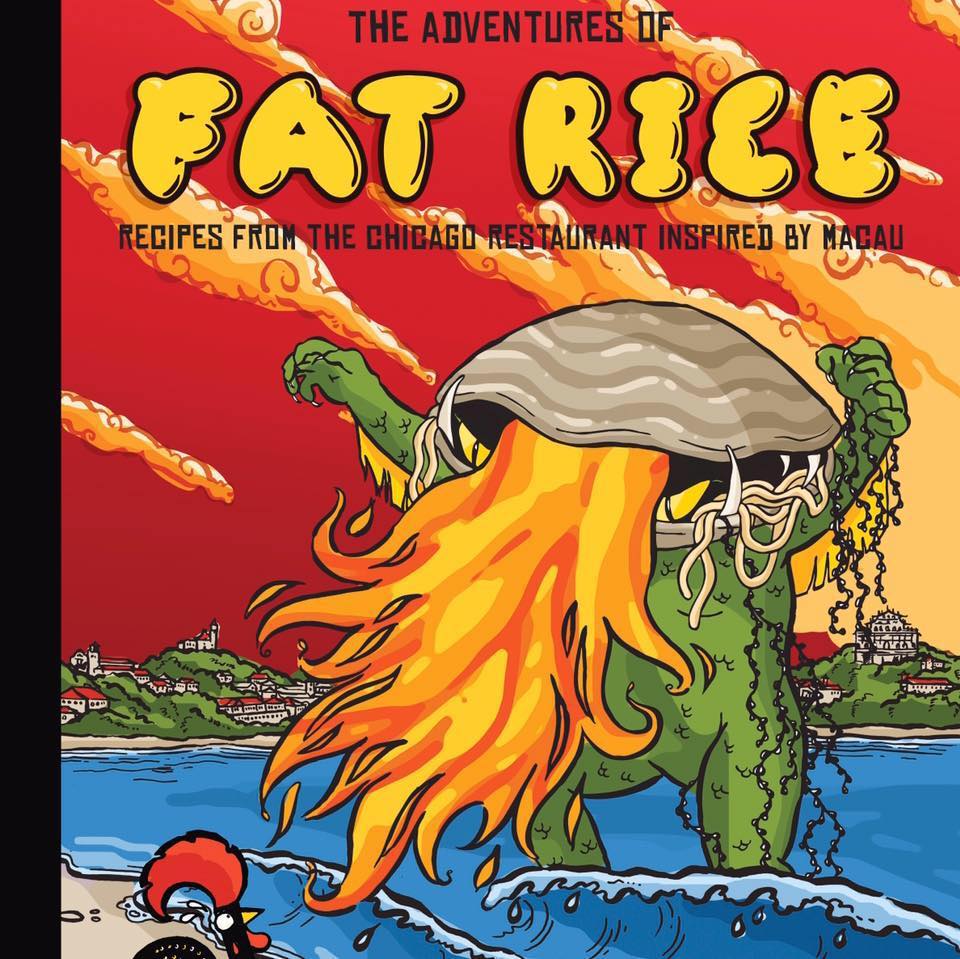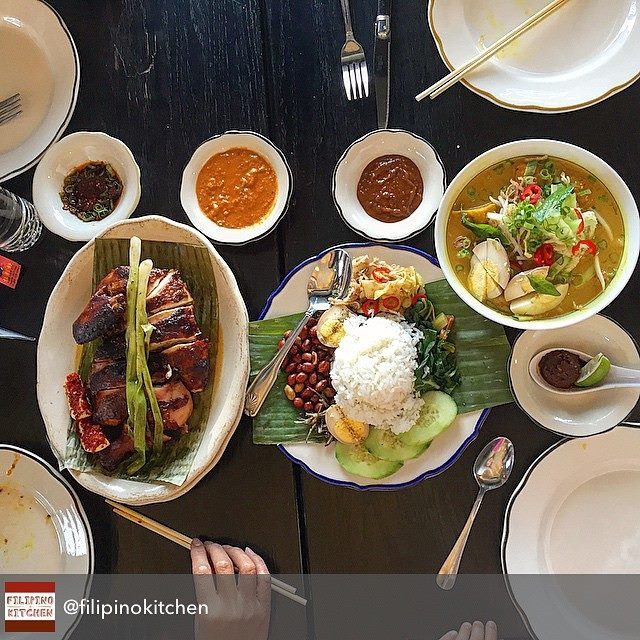Asian flavors—once viewed as highly exotic—have become indelibly woven into America’s culinary fabric. So much so, that in addition to adding Vietnamese, Thai and Korean restaurants to our regular dining rotations, alongside Italian, Mexican and French, we’re currently accustomed to seeing sriracha, gochujang and fish sauce stocked on supermarket shelves, amidst the ketchup, mayo and mustard.
However, you’d be forgiven for remaining totally oblivious to the gastronomic customs of Macau, an autonomous territory on the Southern coast of China. Because in addition to the continued dearth of dedicated, stateside eateries (save, of course, for Chicago’s own Fat Rice), it turns out that, strictly speaking, there’s no such thing as Macanese cuisine.
“In Macau you have Chinese cuisine and Portuguese cuisine, and then you have the food that the country is famous for, which essentially, represents the culmination point of the entire scope of the Portuguese legacy,” explains Fat Rice chef and co-owner, Abe Conlon. “500 years ago, the world was divided between two major naval powers, Spain and Portugal. Spain got the West, and Portugal went East, to Africa, to Brazil, to Malaysia, to Japan, and ultimately, to China…establishing one of its final European colonies in Macau. Which means the dishes that developed there were influenced by time, informed by wildly different lands and totally different people.”
“Think about the things the world didn’t have 500 years ago. India didn’t have potatoes. Europe didn’t have tomatoes. Thailand didn’t have chilies. The Portuguese were the ones to bring it all over,” he continues. “So Macanese food is essentially a historical snapshot of many people and lands, that exchanged information over the past half century.”
Ready to delve deeper? In advance of his “The Adventures of Fat Rice” cookbook release (and fresh off of a enlightening demo at Taste Talks) we turned to Conlon for an educational crash course in the evolution of Macanese food.

As a “white guy” growing up in Boston, what initially turned you on to Southeast Asian flavors?
I’m definitely the product of my environment. In Lowell Massachusetts, we have many different cultures including Portuguese, Irish, Italian, Greek, Indian, Chinese, you name it, as well as a 30% Southeast Asian population (mostly Cambodian and Laotian but also Thai and Vietnamese). I especially gravitated towards Southeast Asian flavors because they were so different from what I experienced in my Portuguese-American household. I had a lot of Asian friends who would try to freak me out with stuff they brought from their houses, like fermented pork sausage or spicy chilies or toasted shrimp paste, but I actually developed an affinity for them. I loved going into the different grocery stores too; tasting and smelling and discovering, and as a young cook, I began applying everything I learned about to my own food.
So what eventually piqued your interest in the food of Macau?
I had a subscription to Saveur magazine, and I read an article in 1999 written my Margaret Sheridan, who incidentally is based right here in Chicago. She wrote about her travels through Macau, and it was titled “Original Fusion.” Keep in mind that this was at the time when popular and respected chefs such as Charlie Trotter and Grey Kunz had begun regularly integrating Asian ingredients into their cooking, and the term fusion was being thrown around. So I was intrigued by the idea of “original fusion”…something created not by chefs, but by history and families. It directly communicated to me as someone of Portuguese heritage who had Southeast Asian friends and lived in a town where there was an Asian or Indian market on every street corner—it was amazing to discover a place that incorporated both my heritage and the flavors that I was interested in. So I vowed that someday I’d visit that place and learn about the food that the article explained was practiced by only very few people.
Can you talk about dishes, ingredients and/or flavors that best represent what Macau is about?
We make a dish at the restaurant called Porco Balichang Tamarindo . It’s a derivative of Indian Vindaloo, which is a derivative of Portuguese Carne de Vinha d’ Alhos It’s part of a long lineage of ever-changing dishes based on shared practices but with different ingredients, depending on the land and the taste of the people there.
Tacho is another important one. It just means “pot.” It’s essentially the Macanese interpretation of Portuguese Cozido, similar to French Pot-au-feu. It’s a boiled dinner with cabbage, vegetables, sausages and meats. But Macau swaps in Chinese lap cheong sausage for linguiça and daikon for turnip, and adds puffed pork skin and sometimes noodles.
There are some other quintessential ingredients of Macanese cuisine like balichão which is a shrimp paste that’s a derivative of shrimp pastes from Malaysia or Indonesia, but its it is tiny shrimp fermented with salt and brandy and lemon peel and bay leaf, as well as peppercorn and chili. It’s fortified with very European things. Other important ingredients include soy sauce, olive oil, sausages, pork, tamarind, turmeric, curry powders and pastes, red wine, cinnamon, cumin, coriander and chilies.

Obviously, the thrust of Macanese “cuisine” is that it’s a hodgepodge of different cultures and traditions. So as far as the food served at Fat Rice goes, how have you thrown yourself, your background, and your own culinary point of view into the pot?
Inevitably, there’s always a lens. You consume information, and process it, and then present it as you see fit. But the food isn’t my food. I’m really just a conduit. Naturally as a professional, classically trained chef, it’s hard to take the dish you learned in one place and then recreate it verbatim in your restaurant for many different reasons.
Listen, we’re in this stupid debate now about authenticity and traditionalism. But there will always be evolution. Sure, people who look at a dish from our restaurant and say it’s not traditional or authentic because it’s not how their family makes it. When it comes to Macanese food, the beauty is on the palate, not on the plate. At the restaurant, we have to think about presentation and balance. And we have to consider user interaction…not many people in the US are really down with eating a braised pig foot. So when it comes to our Tacho recipe, we take the braised pigs feet, bone it out, and then roll it up in poached cabbage leaves, so when we present it, there are nice slices of terrine. No one would do something like that in Macau, but it makes sense for the restaurant.
Obviously this is a heady subject, which you were able to expound upon further in your upcoming cookbook. So when does it drop?
October 25th. We’re really excited and proud of it. It chronicles the first two years of the restaurant, our travels, the people we met and our search for the roots of Macanese cuisine, leading into a more global Portuguese conversation. It has a lot of depth and fun imagery that we used to bring people into our world, which as you can tell, is not the most cut and dry subject!
To pre-order the Fat Rice cookbook, visit: https://www.amazon.com/Adventures-Fat-Rice-Restaur…










